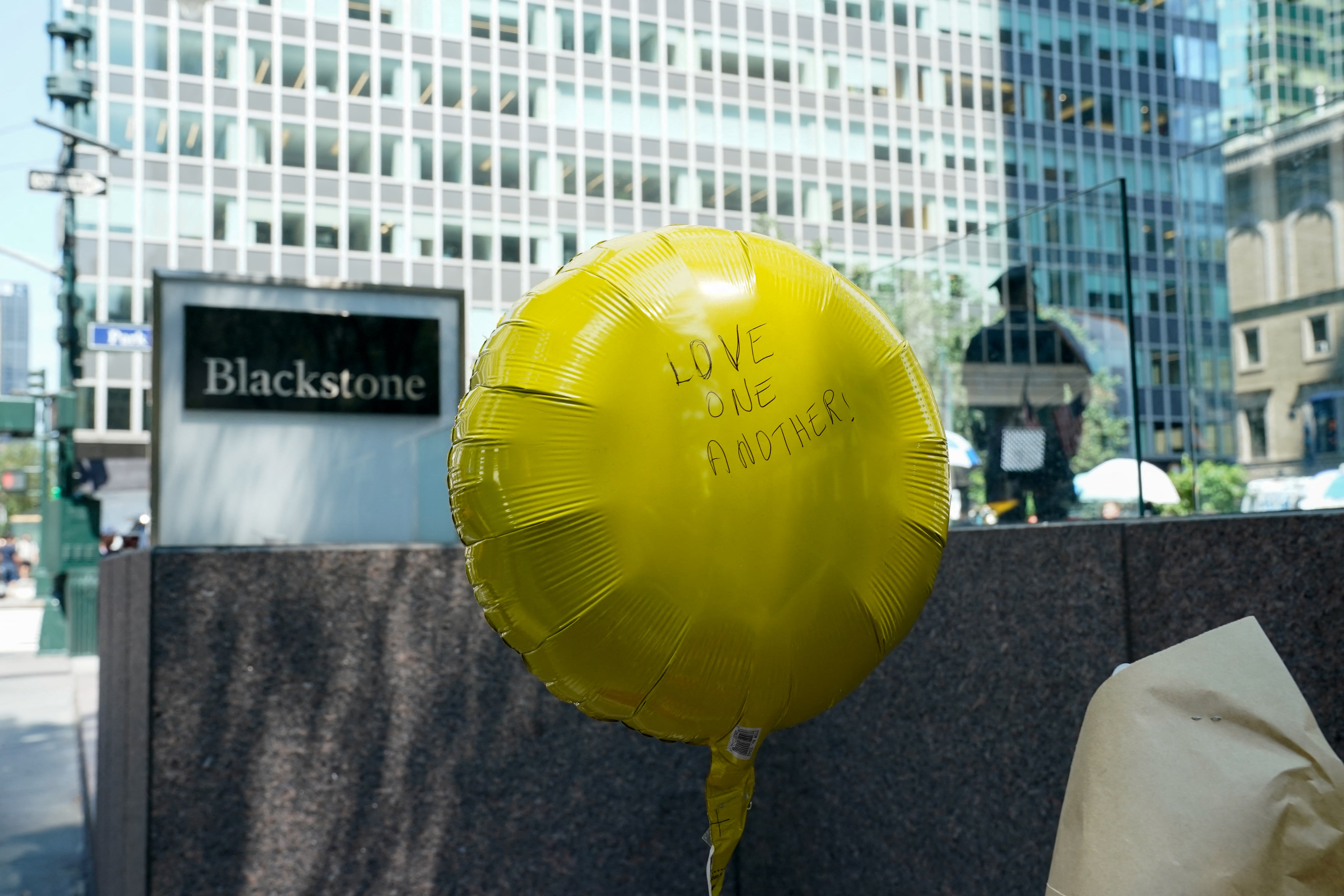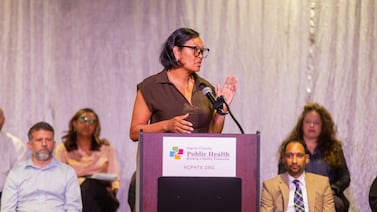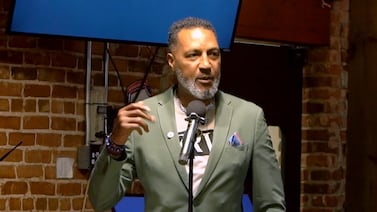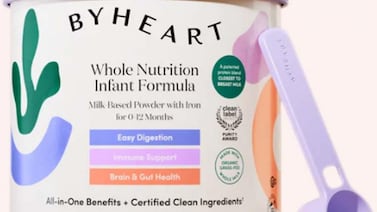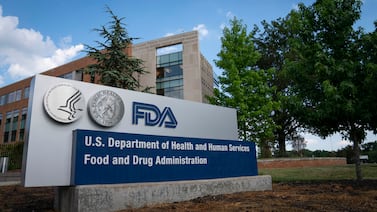This article originally appeared at Your Local Epidemiologist New York. Sign up for the YLE NY newsletter here. Public health, explained: Sign up to receive Healthbeat’s free New York City newsletter here.

It’s been a tough week in New York City. In this post, I break down the latest on gun violence, Covid trends across the state, and a new cluster of Legionnaires’ disease. Here’s what you need to know.
A mass shooting in New York City
Tragically, four New Yorkers lost their lives last Monday when a man opened fire in an office building in Midtown, New York City. My heart goes out to the families of those lost, and the New York Police Department, which lost an officer.
I was only 10 blocks away, getting ready to watch an outdoor movie, when alerts and frantic texts began. I became acutely aware of how crowded the plaza I was in was, heard helicopters overhead, and nervously checked my phone and scanned the crowd. I was fine, but scared the rest of the evening.
When I think about the context of last week’s tragedy, I’m left feeling profoundly confused, and frankly, angry. In a state with some of the strictest gun laws and lowest firearm mortality rates, in a city with declining gun violence and increasing removal of firearms from the streets, in an office building with security guards and bulletproof saferooms, and with the rapid and heroic response of the NYPD, we still had a mass shooting. Guns were brought across state lines. Multiple people died. This system is not working.
Gun violence in New York: the bigger picture
In 2023, the most recent year with complete data, the Centers for Disease Control and Prevention showed that almost 47,000 people died of gun-related injuries in the United States. In 2022, our state’s most recent data, there were 1,044 gun-related deaths in New York state.
The risk of gun violence depends heavily on which state you live in. Despite the recent New York City tragedy, data show that population-adjusted shootings are actually lower in New York compared to most other states.
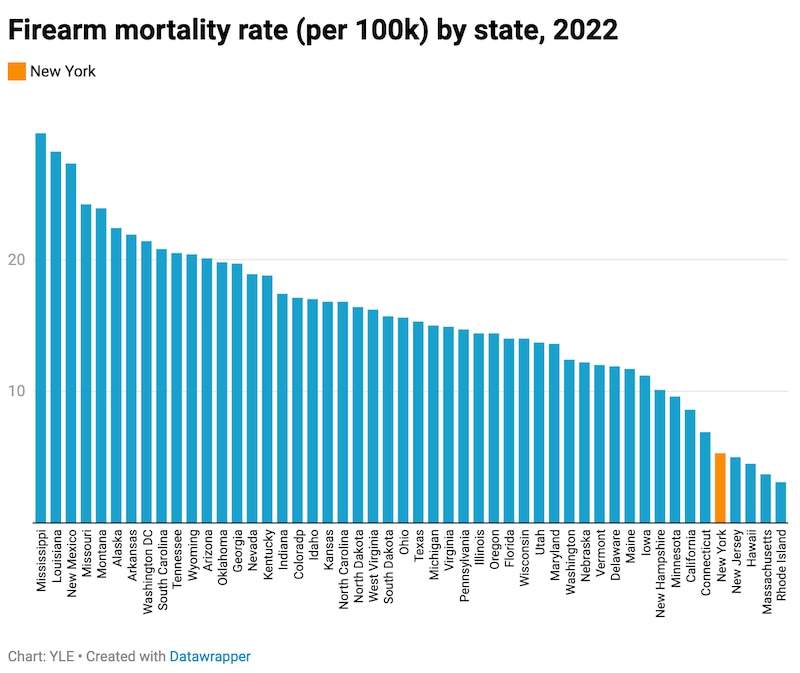
But even at ~5 deaths per 100,000 people, the state loses roughly three New Yorkers to gunfire every day — far too many. And, while our rates are low relative to most other states, gun violence in New York state has increased in recent years.
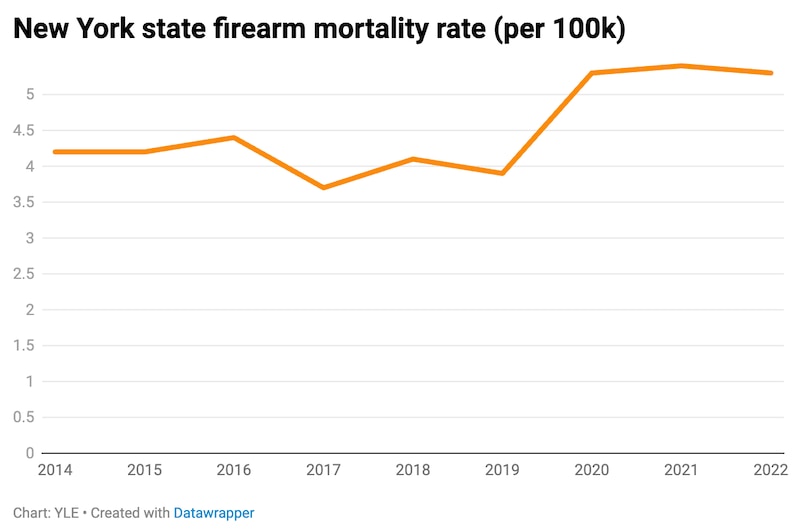
While the New York state data reported to the CDC is delayed, early New York City data for 2025 show that gun violence is down this year compared to last. From January–May 2025, New York City recorded 264 shootings and 112 murders, while the NYPD removed more than 2,265 illegal guns off the streets. At this point, it’s hard to tell what the trend for New York state looks like over the past two years, but I’ll be back with updates when data is released.
What New York has done
Many attribute lower gun-related mortality in New York to our strict gun laws — some of the strictest in the country.
- Since 1993, universal background checks have been in place to obtain a firearm in New York.
- “Red flag” laws were instituted starting in 2019, which allow judges to temporarily suspend a person’s access to firearms with credible evidence that they might be dangerous to themselves or others. (Evidence can include information from family members, doctors, teachers, or other community members.)
- Permits are required in New York to carry a handgun, and the state prohibits magazines holding more than 10 rounds of ammunition.
While these policies likely affect firearm death and injury in New York, attributing causation for these lower death rates is complex.
Did CTE play a role in the shooting?
The short answer is that we don’t know. CTE (chronic traumatic encephalopathy) is a brain disease caused by repeated head trauma, seen most often in athletes and military veterans. It’s linked to impulsivity, depression, cognitive impairment, and suicidal thoughts. The gunman in the recent tragedy claimed he had CTE from football. Because CTE can only be diagnosed after death during a brain autopsy, it is notoriously hard to study. We need further scientific research, especially because it’s been connected to other violent incidents.
There are resources available for those with suspected CTE:
- CDC’s Heads Up Program and the Concussion Legacy Foundation HelpLine can provide resources to those at risk of or struggling with brain injury.
Aftermath and action
We talk about gun violence and mass shootings as public health issues because of their impact. Beyond immediate loss of life, they leave lasting and damaging effects on communities. Four years after the 2017 Las Vegas attack, 63% of surveyed survivors still met the criteria for post-traumatic stress disorder, and half had major depression. Today, a third of American adults say that fear of mass shootings prevents them from going to certain places or events. In 2025, there have already been 253 mass shootings across the country.
From a public health perspective, I think we need two things:
- Better science. We need clearer data on CTE’s causes, diagnosis, and treatment.
- Policy action. We need coordinated gun laws. As long as we have a patchwork of policies, guns will continue to move across state lines.
I’ll be calling my congressional reps this week to let them know how I feel. Find your local reps’ contact information here.
Also know that there are resources to support those who have experienced gun violence. The Sandy Hook Promise provides guidance and mental health resources for those coping with shootings.
Covid-19 is increasing in New York
Wastewater data is showing that Covid-19 is increasing in New York City and across the state, though on average levels remain low.
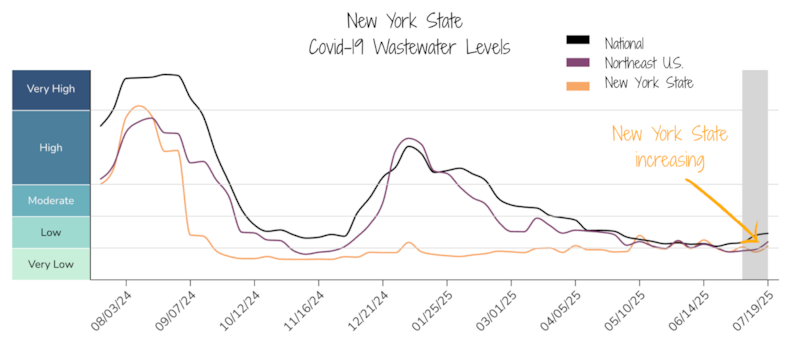
The most recent data show hotspots in Suffolk and Nassau counties, where wastewater activity levels are very high and high, respectively.
Covid-19 hospitalizations also continue to increase, though they are still at pretty low levels.
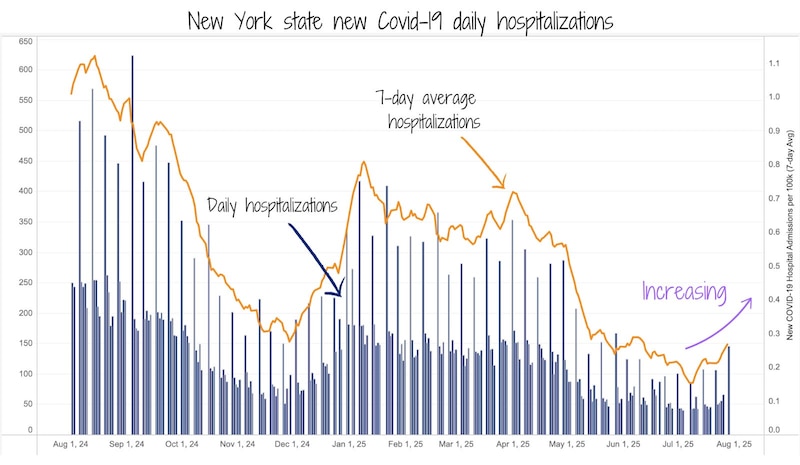
Cluster of Legionnaires’ disease in Central Harlem
Last week, health officials quickly identified a cluster of Legionnaires’ disease in Central Harlem. So far, 22 people have been diagnosed across five ZIP codes: 10027, 10030, 10035, 10037, and 10039.
The cluster was identified using a super cool surveillance software that scans New York City’s health data daily. It looks for unusual spikes or patterns and alerts public health officials of any signals. You can think of it like a smoke detector, signaling when something changes so officials can investigate further.
Legionnaires’ disease is a serious lung infection caused by the Legionella bacteria. It spreads when people breathe in mist or small droplets that contain the bacteria, not through person-to-person contact or by drinking water. Common sources include cooling towers (which we have a lot of in New York City), hot tubs, and showers. This is not an issue with any residential building’s plumbing system. it’s safe for you to drink water, bathe, shower, cook, and use your air conditioner.
Most people exposed to Legionella bacteria will not get sick. But some groups are at higher risk for severe illness, especially:
- Adults age 50 or older
- People who smoke or who have chronic lung disease
- Those with weakened immune systems
- People taking medications that suppress the immune system
Symptoms can look like the flu: fever, cough, muscle aches, or shortness of breath. If you’ve spent time in the affected areas since late July and have any of these symptoms, seek medical care right away. Early treatment can prevent more serious complications.
The next steps for the city are to keep investigating the cluster and try to find the source. They have started testing cooling water towers for Legionella in the area. If they find a positive hit, they’ll remediate by intensely cleaning it to remove the bacteria.
Bottom line
That’s it for this week. As always, stay safe, stay healthy, and take care of each other. I’ll see you next week.
Love,
Your NY Epi
Dr. Marisa Donnelly, PhD, is an epidemiologist, science communicator, and public health advocate. She specializes in infectious diseases, outbreak response, and emerging health threats. She has led multiple outbreak investigations at the California Department of Public Health and served as an Epidemic Intelligence Service Officer at the Centers for Disease Control and Prevention. Donnelly is also an epidemiologist at Biobot Analytics, where she works at the forefront of wastewater-based disease surveillance.

